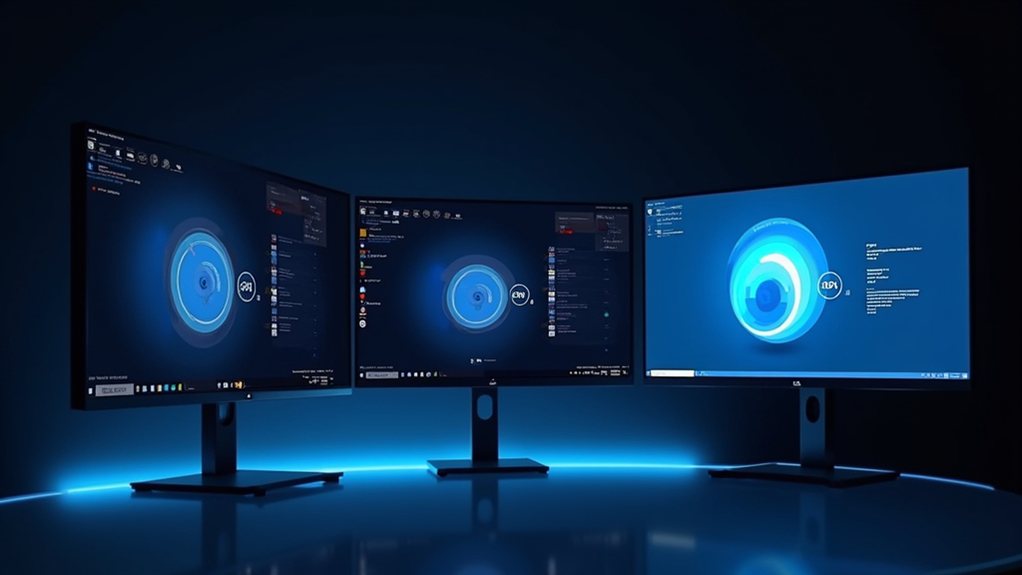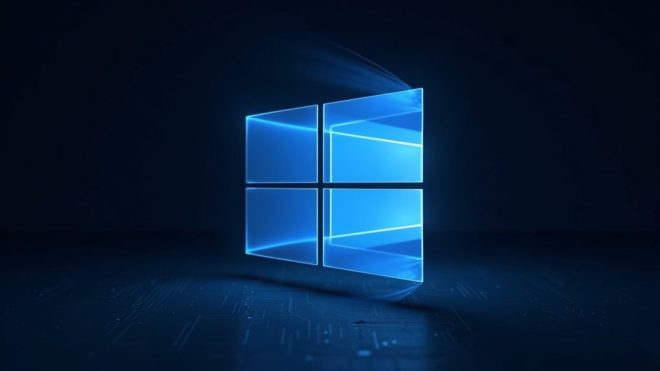Windows 11 has captured nearly 50% of the global Windows PC market share, marking a dramatic change in operating system dominance. The surge from 38% to 49% reflects accelerated user migration ahead of Windows 10’s end-of-support deadline. Monthly growth rates of 0.5-1.5% suggest Windows 11‘s momentum will continue, in spite of initial hardware compatibility challenges. With enterprises gradually joining the shift, the Windows ecosystem stands at a pivotal transformation point.

Nearly every second Windows PC now runs Microsoft’s latest operating system, as Windows 11 has finally crossed the 50% market share threshold globally by mid-2025. The OS has demonstrated remarkable growth, climbing from 38% earlier in the year to approximately 49% by August, marking a decisive shift in the Windows ecosystem that few predicted would happen so quickly.
The surge in adoption hasn’t been a smooth ride, nonetheless. Windows 11’s journey to dominance reads like a classic underdog story, overcoming initial user reluctance and hardware compatibility hurdles that once threatened to derail its momentum. Remember when tech pundits claimed Windows 10 would be “the last Windows ever”? Well, that prediction aged about as well as flip phones. Canalys projects a steady monthly uplift of 0.5-1.5% for Windows 11 through October, reinforcing the momentum.
What’s particularly fascinating is the recent acceleration in Windows 11’s market share, jumping from 43.23% to 47.83% in just one month. This dramatic spike coincides with Windows 10’s impending end-of-support deadline in October 2025, creating a perfect storm that’s pushing both consumers and enterprises towards the inevitable upgrade path. It’s like watching a digital version of musical chairs, with Windows 10 users scrambling to secure their seats before the music stops. Windows 10’s market share has seen a dramatic decline from 53.2% to 48.89% in June alone.
Windows 11’s rapid market surge reflects users rushing to upgrade before Windows 10 support ends, like digital musical chairs in motion.
Guyana emerged as an unexpected early adopter, becoming the first country where Windows 11 claimed the top spot before its global dominance. Meanwhile, the United States followed suit by mid-2025, driven by a combination of inventory surges and tariff-related market dynamics that reshaped hardware availability.
The enterprise sector tells a different story, on the other hand. Legacy systems and industrial sectors continue to cling to Windows 10 like a security blanket, prioritising stability and compatibility over shiny new features. This hesitancy isn’t unfounded – organisations are traversing complex decisions about app compatibility, training requirements, and hardware refresh cycles.
Microsoft’s aggressive upgrade prompts, which some users found about as subtle as a pop-up ad from the early 2000s, have played a significant role in driving adoption. But it’s the approaching Windows 10 end-of-support deadline that’s truly forcing hands across the board, creating a migration wave that’s reshaping the Windows environment.
As Windows 11 continues its ascent, the numbers tell a clear story: Windows 10’s market share has declined to approximately 46% by August 2025, down from 53% at the beginning of the year. This shifting balance of power suggests that Microsoft’s latest operating system isn’t just winning the numbers game – it’s redefining the very nature of Windows adoption cycles.
The question now isn’t if Windows 11 will become the dominant Windows version, but how quickly it will claim the remaining territory.
Final Thoughts
Windows 11’s rapid ascent to nearly 50% market share indicates a significant transformation in the PC landscape. Despite initial hesitations, Microsoft’s proactive upgrade strategy and enhanced security features have influenced user adoption trends. As older systems gradually become obsolete and hardware requirements standardize, Windows 11‘s prevalence seems assured. This success represents a crucial moment in Microsoft’s commitment to next-generation computing.
At Emotional Computer, our team is here to assist you in navigating this shift. Whether you need help with upgrading to Windows 11 or optimizing your current systems, we have the expertise to support you. Don’t hesitate to reach out—click on our contact us page to connect with us today!

